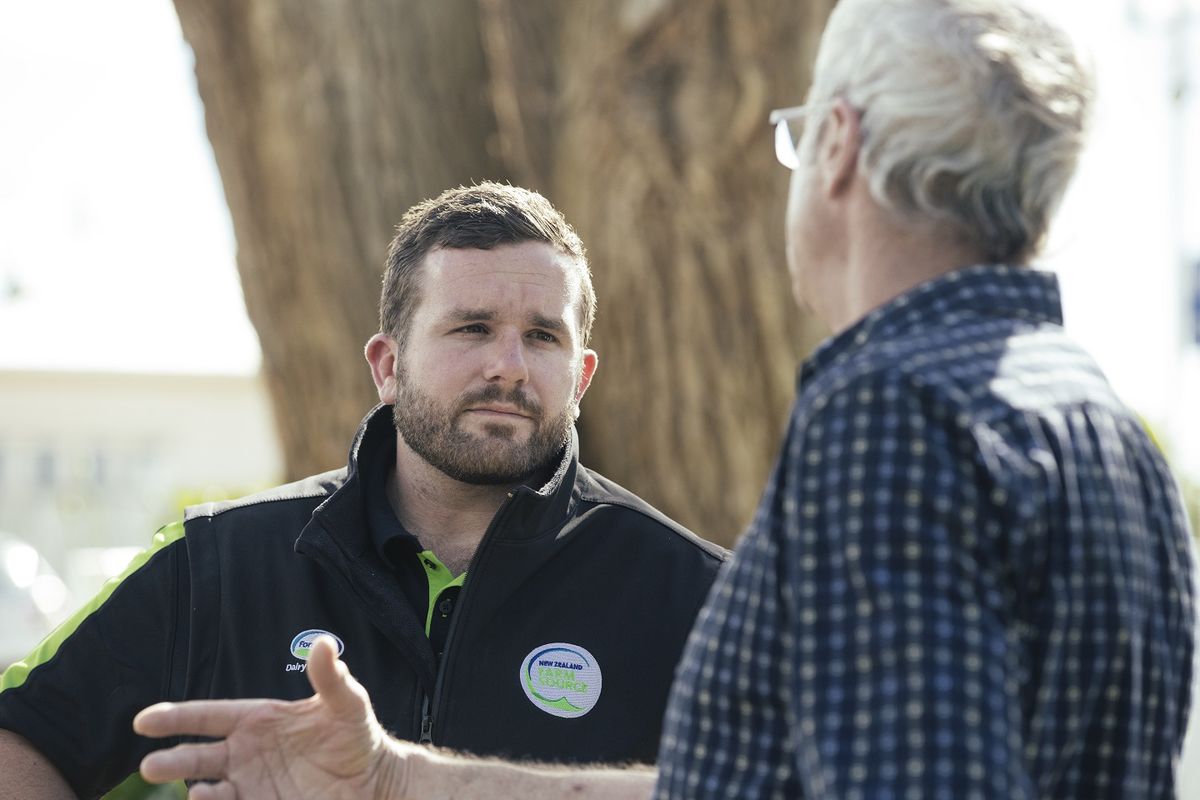
How are Fonterra's farm source teams helping with sustainable dairying?
17 July 2018
Fonterra is supporting its farmers to improve their freshwater ecosystems through Farm Environment Plans and Living Water – but what does this look like in practice?
We talked to Doug Dibley, a Farmer Solutions Manager for Fonterra in the Northland, Waikato and Bay of Plenty regions. He is also part of the Living Water team. He tells us a bit about Living Water and how it fits into his role managing a team of Sustainable Dairying Advisors.
1. Describe a typical day for you involving Living Water:
I tend to work mostly in the strategic space with Living Water, determining how and where we can support and resource it through our team of Sustainable Dairy Advisors.
Outside of this, it’s keeping an eye out for the scalable solutions from the Living Water programme of work which may be suitable to other farmers in other regions to improve their environmental
footprints.
2. What value does the programme have?
The Living Water partnership is a crucial programme for us at Fonterra, because we can trial various hypotheses and technologies in a largely unconstrained way, to truly restore vulnerable catchments.
Doing this work through this programme takes the risk out of farmers stepping into the unknown themselves. It also allows us to align with some of New Zealand’s preeminent scientists and specialists to identify opportunities to make meaningful differences to our environment for future generations. Although we are only working in five catchments we are identifying opportunities which may be scalable to thousands of farms throughout New Zealand which is incredibly exciting.
3. What difference do you think it is making to dairying?
Living Water is starting to gather some real momentum in developing multiple trials around the five catchments. As with any trials we need to be patient until results provide the proof of concept we’re after. We are starting to see this now with some opportunities becoming readily available for other catchments and farms throughout New Zealand.
Being able to provide some technical and practical advice back to our shareholders from the Living Water programme allows us to accelerate adoption and ultimately continue to push for a more sustainable industry and better future.
4. Creating lasting change is all about partnering – in our case with farmers, scientists, councils, communities and Mana Whenua – to use our collective strengths. You previously worked at Owl Farm (a sustainable and profitable demonstration farm founded by St Peter’s School, Cambridge, and Lincoln University). Any insights on what you learnt here on how to communicate and partner that come in handy?
I was the Demonstration Manager at Owl Farm for two years during its inception. Partnerships are all about building and maintaining positive relationships with open communication based on trust, integrity and transparency. We demonstrated numerous changes to the farm system from a sustainability, profitability and productivity perspective. While we were in development phase we didn’t have a huge amount of results, so focused on communicating our why and what.
Ultimately to maintain an engaged audience you need to provide value which ultimately comes from results. Living Water aligning with farms is all about demonstrating how the environment and profitability can thrive in harmony.